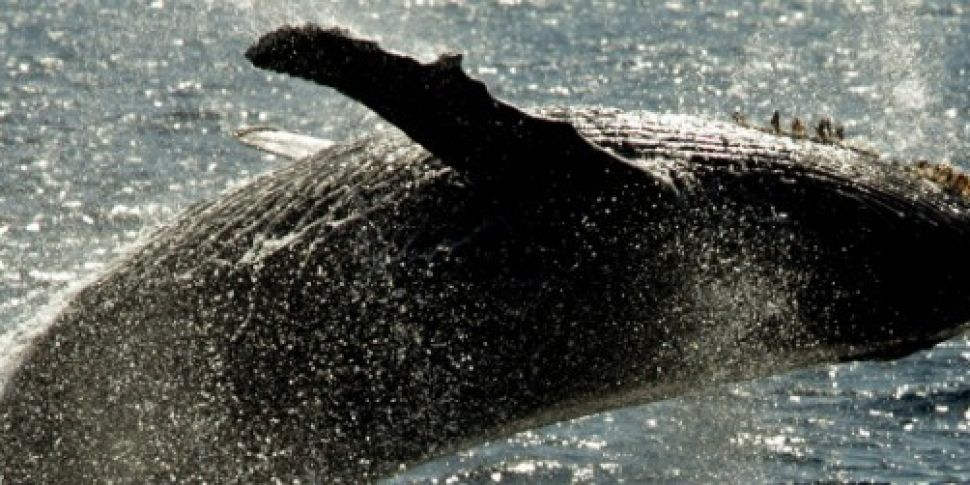An Australian research team has launched a new plan that uses satellite photography to count the number of humpback whales migrating up the Western Australian coast.
Previously, the Humpback population was surveyed using researchers on airplanes and boats who counted the mammals by hand.
The animals were hunted almost to extinction in the early to mid 20th century - however, as their numbers improved in the years since, state and corporate funding to survey the population has grown harder to come by.
Now that high-resolution satellite technology is available, researchers believe this new method of surveying numbers from space could prove effective.
Part funded by the Western Australia Marine Science Institute, the research commissioned two satellite images to be taken last year, at a cost of about A$40,000 - approximately €28,500.
The pictures were taken during the peak of the breeding season and Michele Thums and her colleague Curt Jenner of the Centre for Whale Research have been pouring over the digital images ever since.
"It turns out because the satellite imagery is really high resolution, we can see the whales with quite a bit of certainty, although it is a time-consuming process," Dr Thums told ABC News Australia.
"That's great and it's looking like it's got heaps of potential to be a method we can use in the future."
The researchers are now conducting a cost-benefit analysis of the technique - which is currently only in use in a handful of research projects worldwide.
They hope to introduce a computerised scanning system which will be capable of spotting the whales within black and white satellite images.
It is believed that humpback whale numbers have been steadily on the rebound since hunting of the animal was banned in the 1970s.
However Mr Jenner told ABC News the figures are "largely speculative" and warned that accurate monitoring was needed to work out exactly how the once-endangered species is faring.
“We haven't had a monitoring program for this largest humpback population on the planet for about 10 years," he said.
"So we're very interested to find out if this very large number of whales can be sustained and whether it is healthy enough to continue on into the future."
The research is especially important as it is unclear what effect increased human activity on the northern shelf of Australia is having on humpback populations.
The researchers are hoping to capture images over a longer time-period and in different locations on the coastline in 2017.
They hope that with improvements in satellite imaging technology it may soon be possible to spot and identify individual whales from space.









